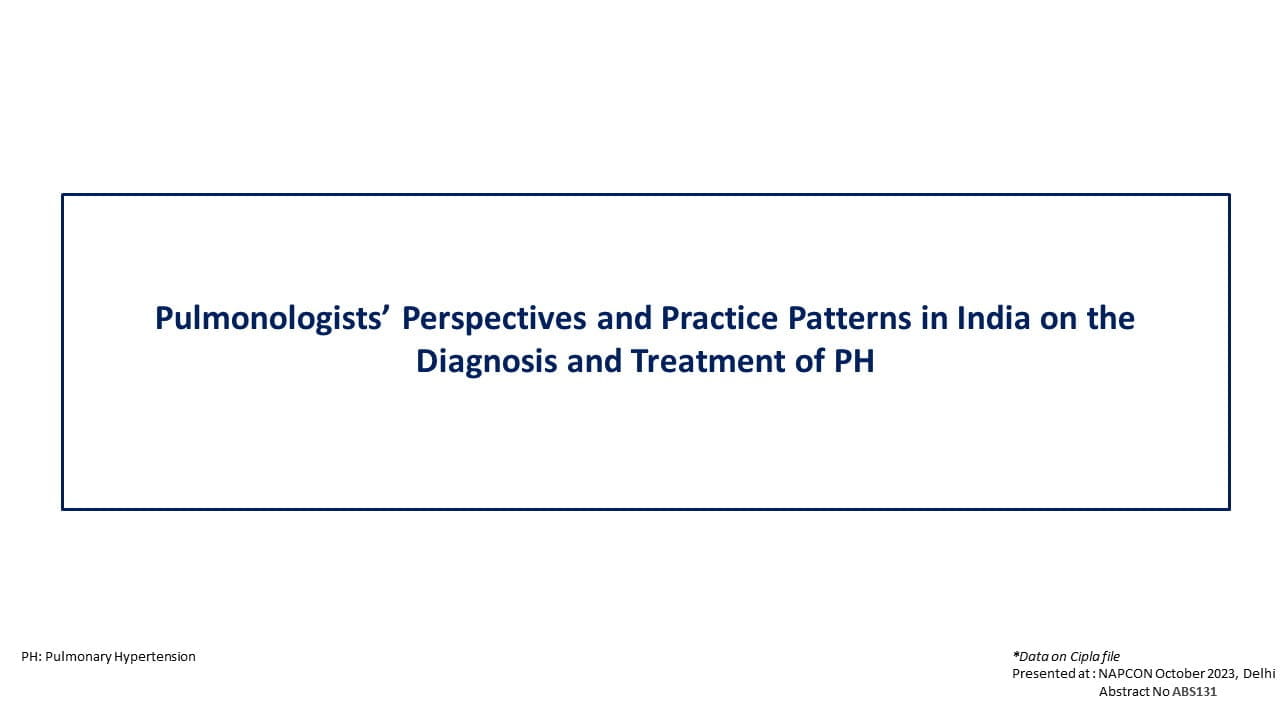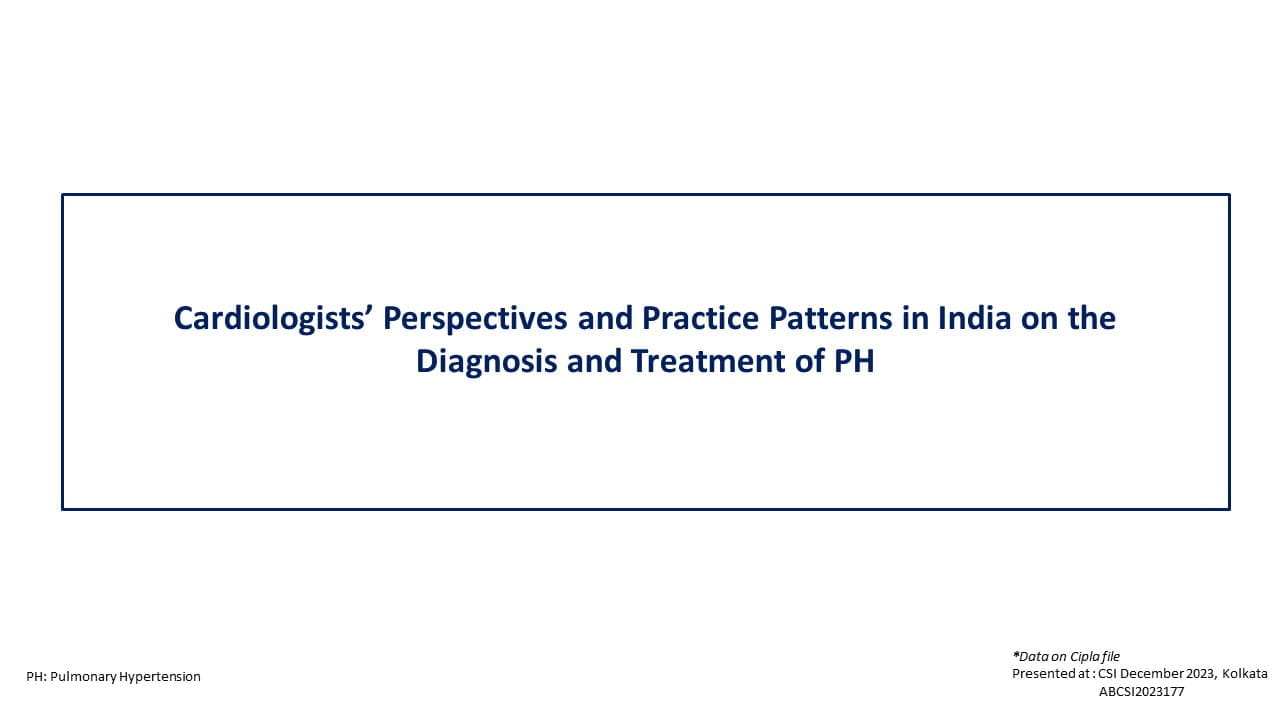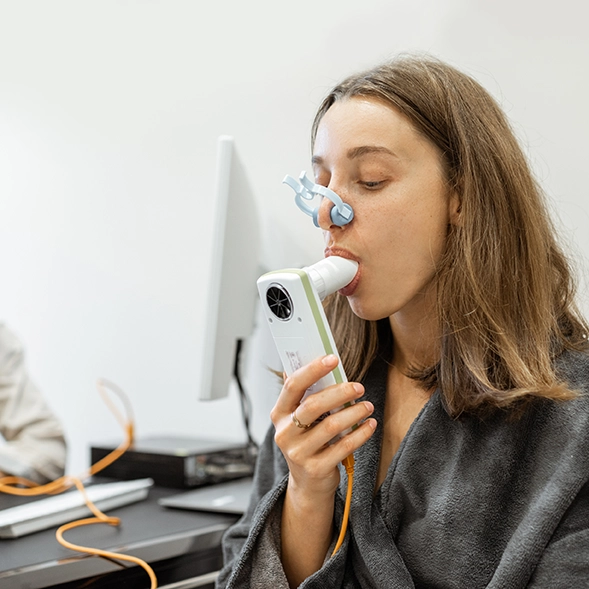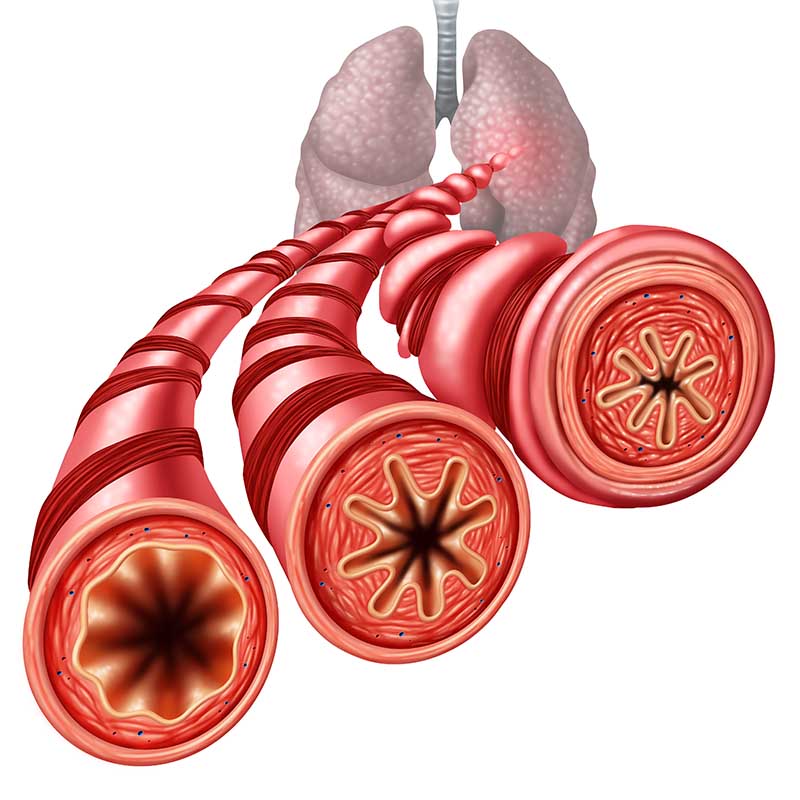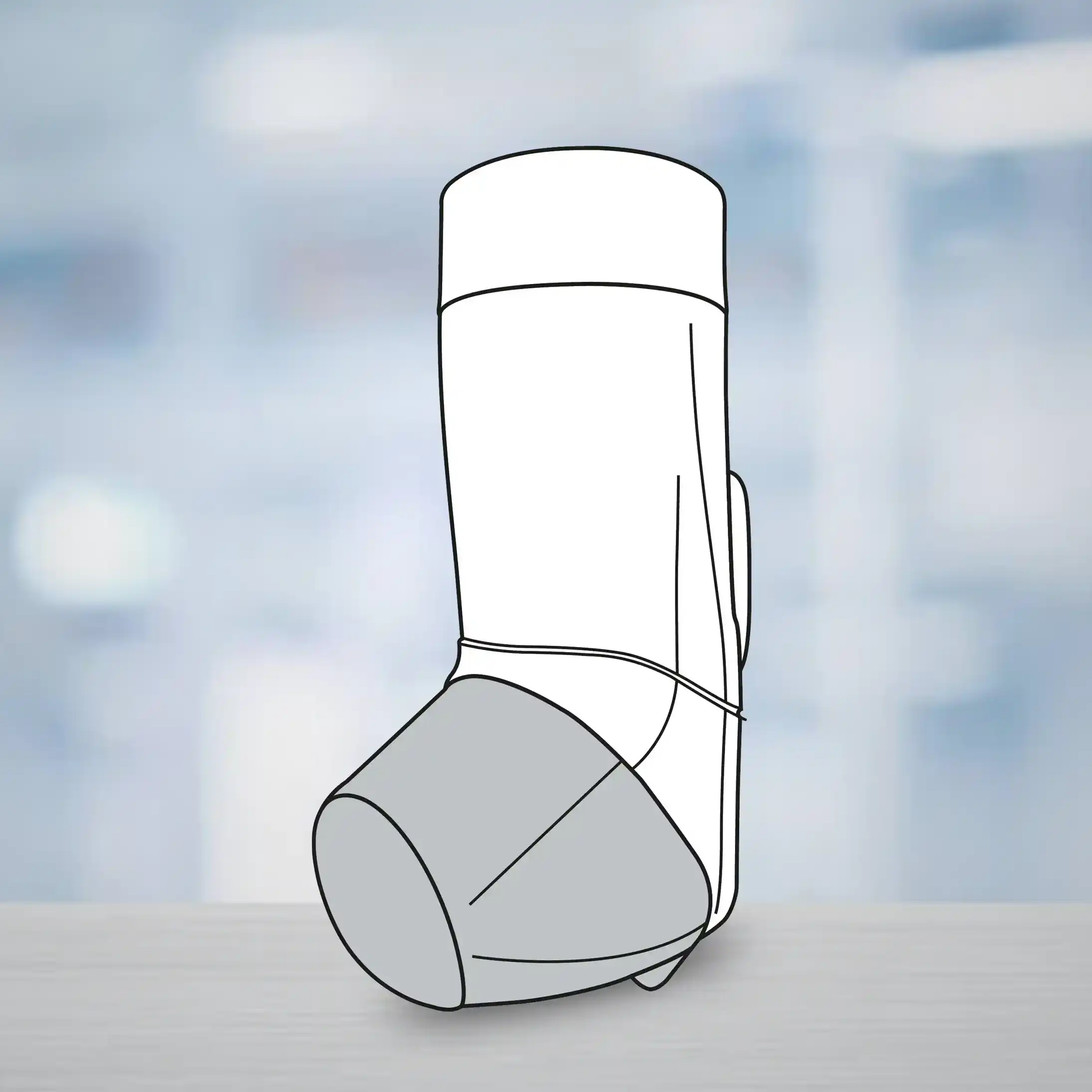Nasal Obstruction in Adults with Deviated Septum : Septoplasty vs Non-surgical Management
26 Aug, 24
Introduction
Although septoplasty is the most frequently performed ear, nose, and throat (ENT) operation in adults, its efficacy is uncertain. There are no randomized controlled trials or non-randomized comparative studies on the effectiveness of septoplasty and the existing literature is methodologically flawed and inconclusive. Evidence-based guidelines on septal surgery is lacking.
Aim
To evaluate the efficacy of septoplasty compared with non-surgical management for nasal obstruction in adults with a deviated septum
Method
Study Design
- Open, multicenter, pragmatic, randomized controlled trial
Treatment Strategy
- The trial recruited adults (aged ≥18 years) with nasal obstruction, a deviated septum, and an indication to have septoplasty done
- Cohort was randomized to receive either septoplasty with or without concurrent turbinate surgery or non-surgical management
- Analyses were stratified by sex, age (<35 years or ≥35 years), deviation severity (mild, moderate, or severe), deviation cause (congenital or traumatic), and type of surgery
Endpoints
Primary Endpoint
- Health-related quality of life, measured using patient-reported Glasgow Health Status Inventory (GHSI) at 12 months
Secondary Endpoints
- Peak nasal inspiratory flow (PNIF)
- Health-related QoL using Nasal Obstruction Symptom Evaluation (NOSE) scale
- Sino-nasal outcome test (SNOT-22)
- Adverse events (AEs)
Results
- Overall cohort of 203 participants were assigned to receive either septoplasty with or without concurrent turbinate surgery (n=102) or non-surgical management (n=101)
- At 12 months, analyses was done for 94 and 95 subjects from the septoplasty and non-surgical management groups respectively
- Mean age of cohort was 38 years and the median duration of nasal obstruction was 7 years
- Septal deviation was bilateral in 24%
- Turbinate hypertrophy was present in 46%
- The mean GHSI score in the septoplasty group at 12 months was 72·2 (SD 12.2) vs 63.9 (SD 14.5) in non-surgical management group
- The GHSI scores were higher in septoplasty group at 3, 6 and 24 months
- The PNIF before and after decongestion is shown in figure 1.
Figure 1. PNIF before and after decongestion
- The NOSE and SNOT-22 scores favored septoplasty as seen in Figure 2.
Figure 2. Subjective secondary outcomes at 12 months
- The subjective and objective benefits of septoplasty persisted over 24 months
- The incidence of postoperative complications was similar
- The most frequent complications were hemorrhage and infection
- Septal abscess occurred in one surgical patient and septal perforation in two surgical patients
- Revision septoplasty was required in 1 patient
- There were no nasal medication-related AEs
Conclusion
- Septoplasty offered significant subjective and objective benefits as compared to non-surgical management for nasal obstruction in adults with a deviated septum.
- The benefits were sustained up to 24 months of follow-up.
Lancet. 2019 July 27; 394(10195):314-321.


